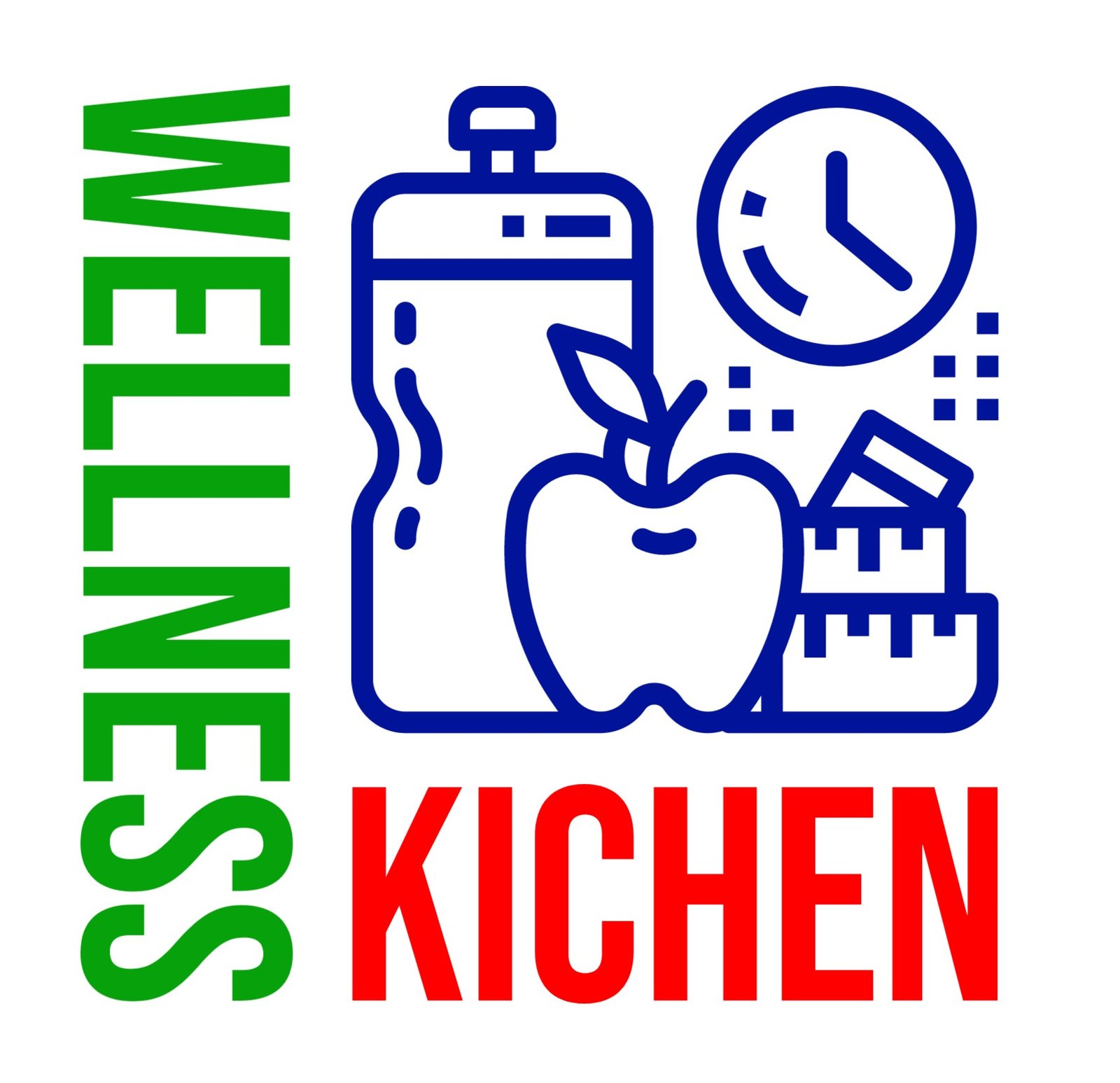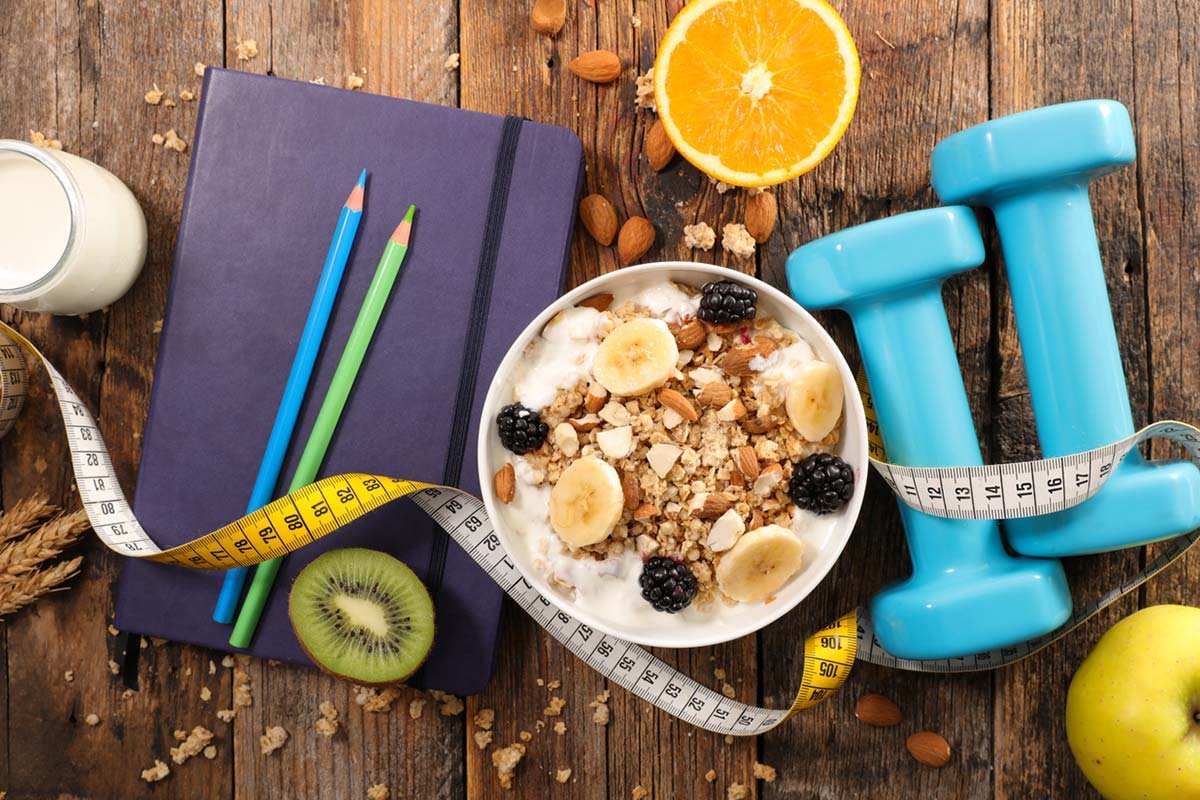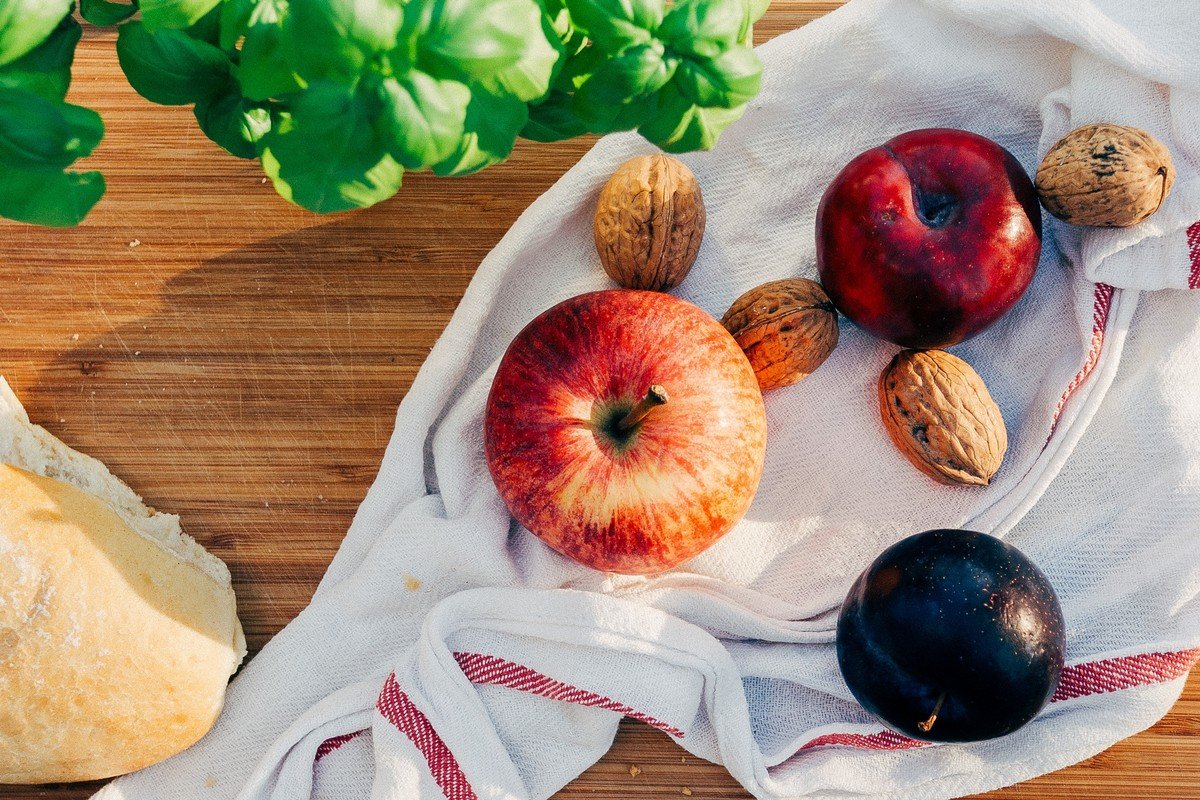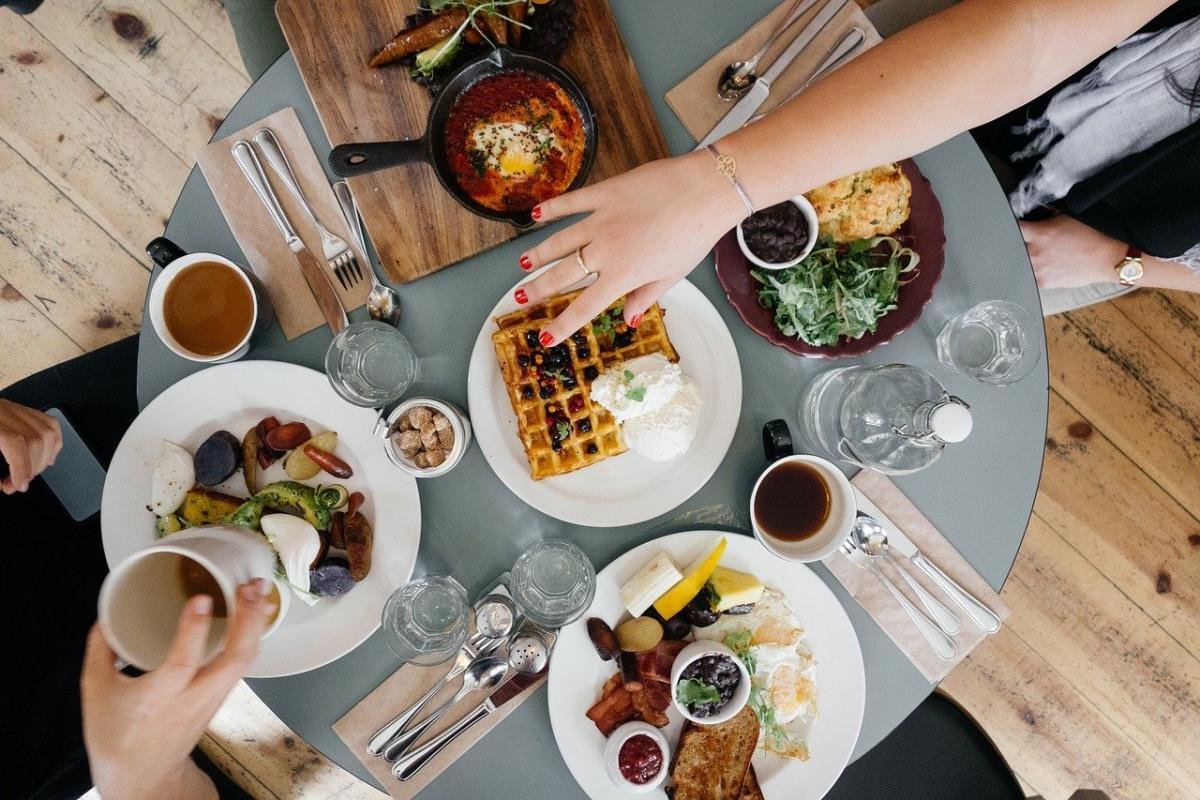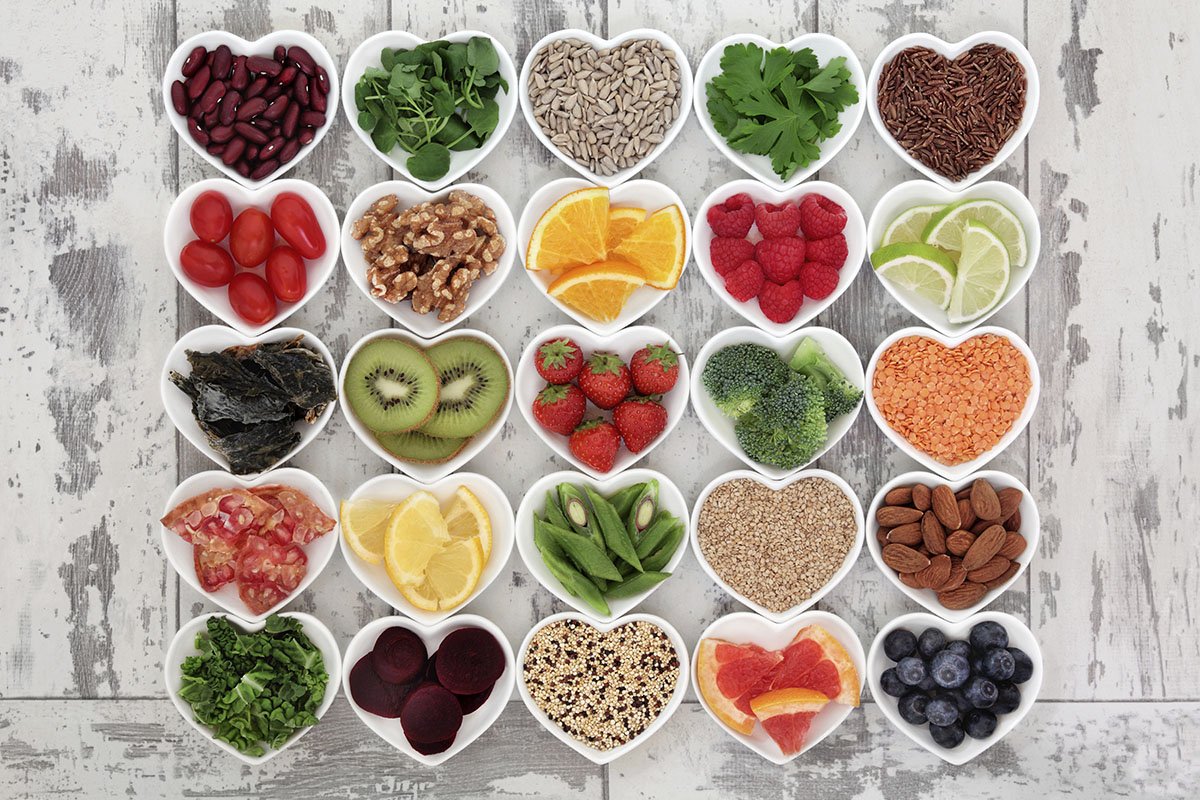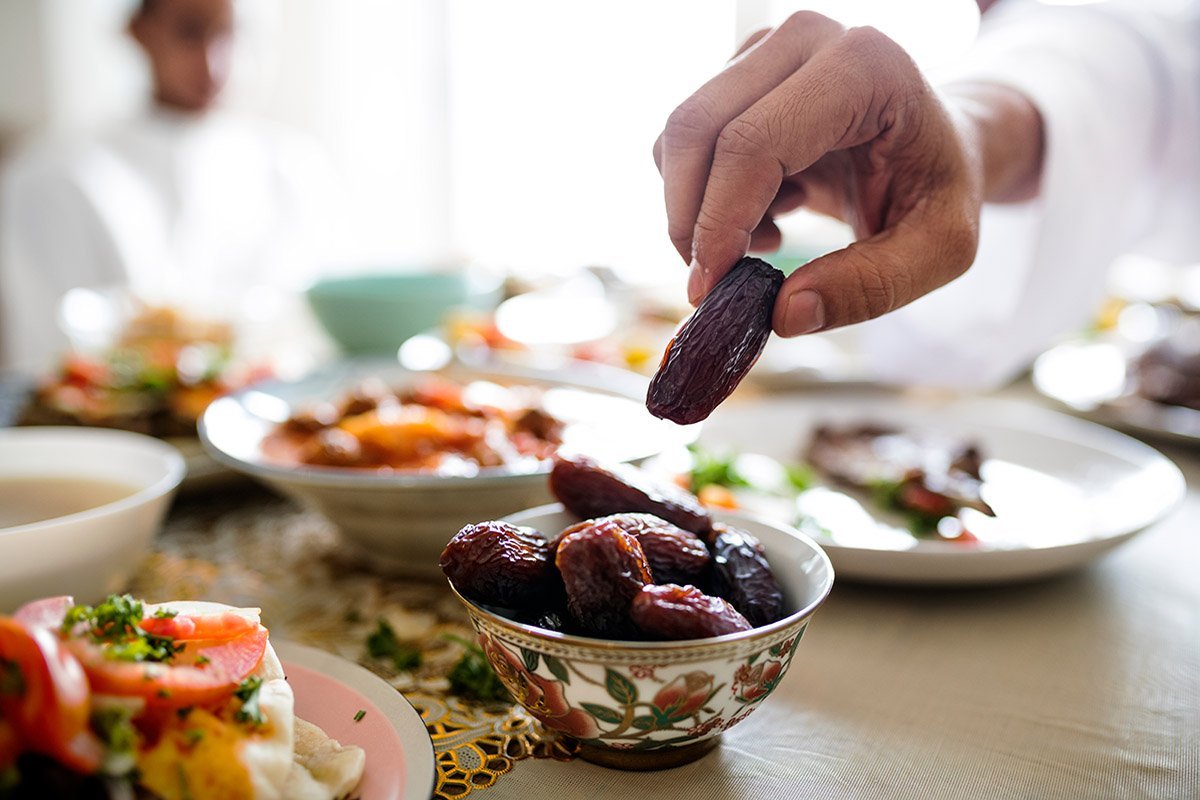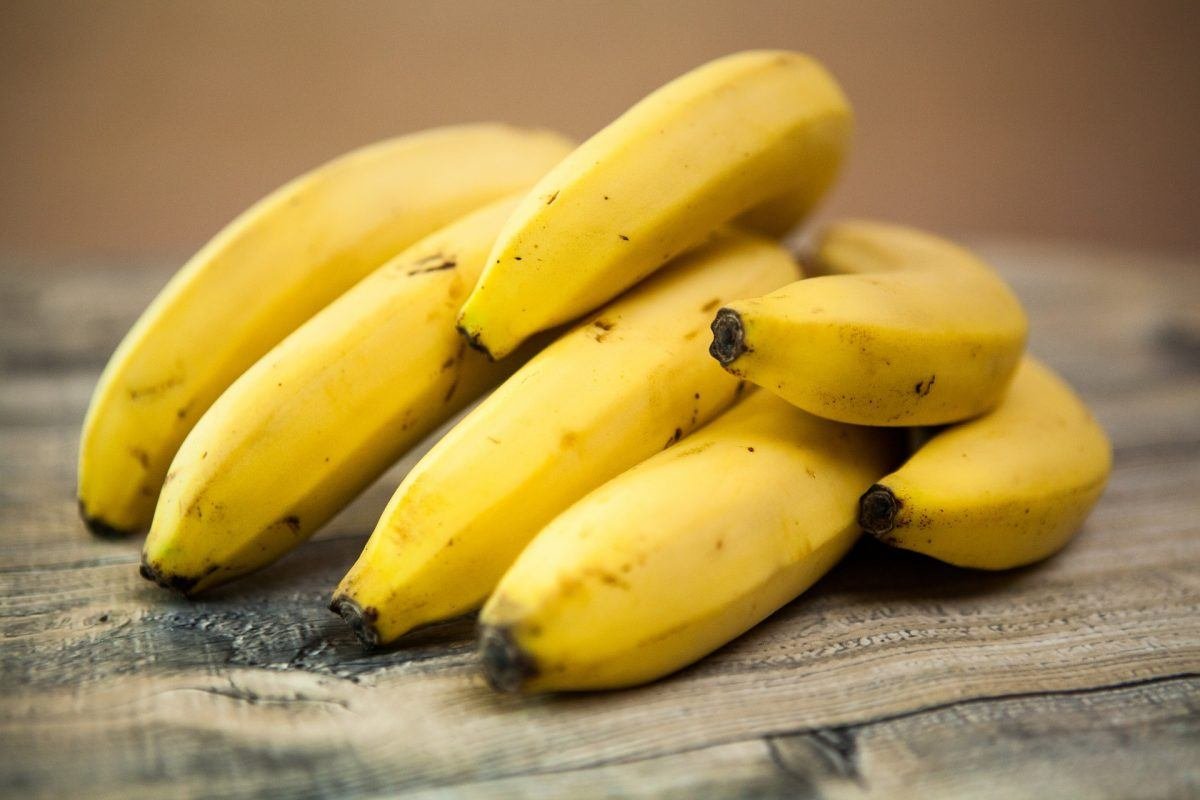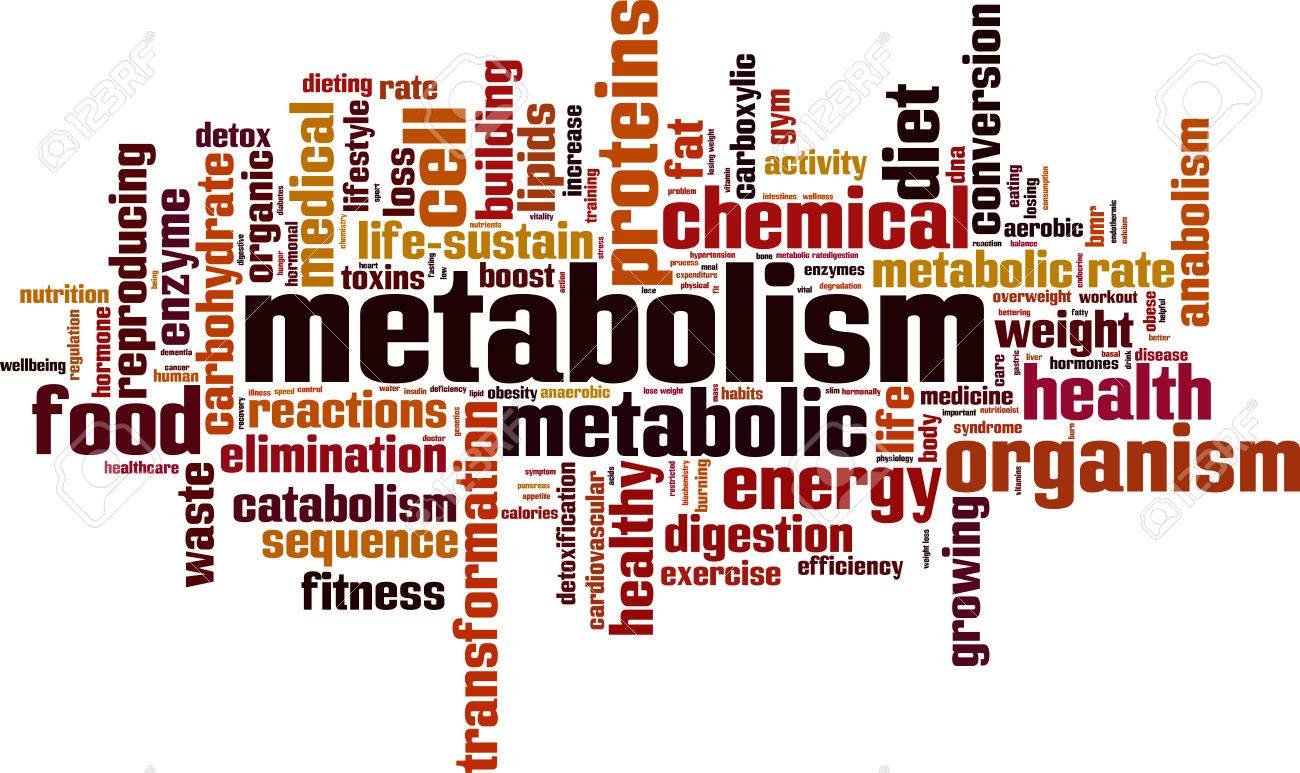Because not everyone who wants to lose weight works from 9 to 5.
Marianne, an emergency communications dispatcher, works the night shift: sleeping during the day and working at night. She tries to follow the advice she sees on the Eat This, Not That! site, and largely does so (like eating several times throughout her “day” to keep massive appetite attacks at bay).
“But no one seems to address the fact that so many people don’t work conventional hours,” she told ETNT. “I would love to see someone address this group of people with suggestions on how they should eat healthy.” Well, we’re here for you, Marianne. Although a healthy diet doesn’t change (your RDAs will still be the same!), there are plenty of other weight loss and healthy living variables for anyone who doesn’t work a “regular” day job.
In fact, if you’re working the night shift, science has shown that shedding weight and keeping it off can be harder on you than others.
Why? Well, for starters, a Proceedings of the National Academy of Sciences study found that night shift patterns monkey with the metabolism of employees, causing them to use less energy than they normally would over the course of a day. The unfortunate effect was even more pronounced when these nocturnal employees finally hit the hay as the sun finally came up: The study participants burned between 12 percent and 16 percent fewer calories than when sleeping at nighttime.
The upshot of this and similar findings is that workers on the night shift have to be particularly smart about their choices to maintain a healthy weight, as well as to avoid some chronic diseases associated with night work. The tips below should be enough to get you up and running—although it won’t be to go for a run outdoors at lunchtime.
Throw on Your Shades
If the sun is already up by the time your shift is over, put on a pair of sunglasses before stepping out into the daylight or commuting home around sunrise. A blast of daylight will further mess with your body’s production of melatonin, the naturally produced hormone that signals to our bodies that it’s time for bed.
Create Some Sleep Triggers
By doing the same thing for at least an hour before bedtime, you’re actually programming sleep triggers. Over time, your brain will begin to associate those things with bedtime and fast track you into fat-burning slumber after your night shift—even while everyone around you is getting up and getting going. These sleep triggers could include listening to relaxing music, writing in a sleep diary (see #4), taking a hot shower (#5), turning down the thermostat (#6), meditating (#7), or chowing down on a big bowl of good carbs before bed. Wait, what?
Yes! Eat Carbs Before Bed
If you’re hungry after your shift, have a carb-heavy meal. Wait; can that be right? Your body burns carbs for energy, but if you eat them before you go to sleep, your body just stores them as fat, no? Well, the pasta-nomics of weight loss aren’t quite so simple. One study in the European Journal of Nutrition put two groups of men on identical weight loss diets. The only difference? Half of the group ate their carbs throughout the day while the second group reserved carbohydrates for nighttime. The result? The bedtime carb group showed a significantly higher diet-induced thermogenesis (meaning they burned more calories digesting their food after they got their eight hours ).
Another study in the journal Obesity saw similar results. Bedtime carb eaters lost 27 percent more body fat—and felt 13.7 percent fuller—than those on the standard diet.
Keep a Sleep Diary
Do you really have an accurate read on how much sleep you are or aren’t getting? It’s always best to work from data, even if you’re the one logging the quality and duration of your sleep and if you’re working nights, recording how you sleep is doubly important. Simply list each complete hour you were asleep in bed, and each partial hour (including naps). Then make a note of the events that may have influenced your sleep. Did you exercise that day? Drink a lot of coffee? After two weeks, read through the whole thing, looking for patterns. The results may surprise you.
Take a Hot Bath or Shower
A UCLA study of some of the world’s last remaining hunter-gatherer tribes noted that temperature drops were an important sleep cue for our paleolithic forebears. Even if you’re going to bed as the sun begins to climb, you can recreate a sunset-like temperature drop by taking a hot bath or shower. The dip might make your pound-shedding shuteye deeper and make you fall asleep faster.
Lower the Temp in Your Boudoir
Want another way that a lower temperature can help night workers fend off love handles and the health problems they can precipitate? A striking new study published in the journal Diabetes suggests that simply blasting the air conditioner or turning down the heat in winter may help us attack belly fat while we sleep. Colder temperatures subtly enhance the effectiveness of our stores of brown fat, aka the fat that keeps you warm by helping you burn the fat stored in your belly. Participants spent a few weeks sleeping in bedrooms with varying temperatures: a neutral 75 degrees, a cool 66 degrees, and a balmy 81 degrees. After four weeks of sleeping at 66 degrees, the subjects had almost doubled their volumes of brown fat. (And yes, that means they lost belly fat.)
Relax Your Mind
“Yoga offers a variety of benefits, from increased flexibility and strength to a calmer mind. Striking some poses before bed can have a powerful influence on sleep quality because of yoga’s focus on breathing and meditation. You can try a few relaxing yoga poses; Balfe-Taylor recommends the Deaf Man’s Pose. “It can calm the nervous system, release the shoulders and neck and, most importantly, allows you to focus inward, block out stress and relax.
Make Bedtime Crunch Time
According to Combat the Fat author Jeff Anderson, new research suggests that you may be able to spot reduce body fat from your abdomen. Before hitting the sheets, do a quick set of crunches, reverse crunches, and a jackknife set. Then go to sleep safe in the knowledge that your quick workout has given your body a little help in shifting that tire while you’re zonked out.
Wake Up and Hydrate
For Nutritionists, one of the best and cheapest ways to give your metabolism a jolt after waking is to drink water (she suggests 20 to 32 ounces) shortly after waking. Why? During sleep, your body’s metabolic function slowed, and unless you woke up in the middle of your daytime slumber to swig some water, it didn’t receive any fluids. Nutritionists suggests completely rehydrating before stressing your body with any other food or drink. “My clients who have implemented this report less bloating, more energy and a smaller appetite,” she says. Her motto for getting your inner furnace stoked and ready: “Rehydrate, then caffeinate!”
Let the Light in
Hopefully, it’s still light out by the time you get in your 7-9 hours of sleep. Go get some of that sunshine while you can. When the hormones that control hunger go haywire, they make us crave junk food. That’s bad, but it can get worse if you don’t get some light into your life when you awake from your slumber. A study published in the International Journal of Endocrinology showed that sleep-deprived adults who were exposed to dim light after waking had lower concentrations of the fullness hormone leptin while those in blue light (the kind from energy-efficient bulbs) had higher leptin levels. As you’re vertical throw open your blackout curtains, or if it’s already dim outside, turn on those energy efficient lights. By letting some light into your life, you’ll get some life into your weight loss goals.
Then Fit in Some Cardio
According to Nutritionists, the best strategy for lowering body fat percentage is to work out soon after waking up. “Hit the gym and do some treadmill sprints on an empty stomach to burn fat. “Your body is already in a calorie deficit, and it will ignite your body’s fat-burning ability.” Glycogen levels are depleted during sleep, so your body will utilize body fat as an energy source.
Plan Your Meals
Nurses are no strangers to taking graveyard shifts. On a website for working nurses, Alice Burron writes: “One simple way to combat the disadvantage of working a night shift is to make sure you come to work with nutritious meals and snacks planned out ahead of time. Also make plans ahead of time for immediately after you get off work so that you are not tempted to grab fast food or go out to eat.
Cut 50-60 Calories from Your Daily Diet
Research has found that people burn fewer calories when they sleep during the day and log their waking hours after the sun’s gone down. To come to this finding, the University of Colorado at Boulder researchers studied 14 healthy adults for six days. For two days, study participants slept at night and stayed awake during the day, then they reversed their routines to mimic the schedules of night owls. When participants slept during the day, researchers found that they burned 52 to 59 fewer calories than they did while catching their Zzz’s in the evening—likely because the schedule messed with their circadian rhythm, the body’s internal clock that plays a major role in metabolism function. If you have no choice but to sleep during the day, plan to cut 50-60 calories from your daily diet. Yes, it stinks, but we told you in the very beginning that it would be harder for you than others.
Swallow Some Vitamin D
All Americans should be supplementing their diet with vitamin D. But since humans synthesize vitamin D from sunlight as well, it’s particularly important to do so for those of us who burn the midnight oil for a living. Vitamin D is essential for preserving metabolism-revving muscle tissue. While you can nail 90 percent of your recommended daily value (400 IU) in a 3.5 ounce serving of salmon, a daily supplement makes a lot of sense. Other good dietary sources: tuna, fortified milk and cereal, and eggs.
Close the Curtains
Before you head out to start your shift, make a point of closing all the curtains in your house and invest in some blackout curtains for your bedroom. Light-blocking curtains make a huge difference when it comes to falling asleep after working the night shift. Outside light makes it harder for your mind to shut down, even if you think you’re immune to such instinctive signals. Melatonin, the hormone involved in putting your body to sleep, is compromised when light is present.
WORKPLACE WEIGHT LOSS HACKS…
Don’t Eat in the Cafeteria
Bright lighting tends to make people eat faster and consume more according to a 2012 study from the Cornell University Food and Brand Lab. Researchers who outfitted a Chicago Hardee’s with dim lighting found that patrons lingered longer, yet consumed less than the normal lighting conditions usually experienced in the restaurant. When you eat during your night shift, try and do so in an environment in which you feel relatively relaxed, and you’ll likely achieve tip #13 without even trying to.
Get a Standing Desk
Ideally, we sleep about eight hours for every 24. Most people spend another seven to ten hours sitting at their desk. That means most of us spend the overwhelming majority of our time sedentary. Our bodies simply aren’t adapted for this level of inactivity; most of humans’ evolutionary history involved being active, searching for food and fuel. Jubilee says that one way to burn more calories daily is to stand more and sit less. She cites a British study which found that standing at work burned 50 more calories per hour than sitting. If that doesn’t sound like a lot, consider this: If you stand for just three hours of your day, in one year you’d expend more than 30,000 extra calories—which amounts to about 8 pounds of fat! If your night gig has you sitting for the duration of your night shift, raise your desk to take advantage of this easy, calorie-torching hack.
Don’t Overdo it with Coffee
Have a few cups of java for a metabolism boost, but if you’re never seen without a mug at your lips, that could work against you, says nutritionist. Caffeine is a natural appetite suppressant. If you’re constantly consuming it, you may not eat much—or realize how hungry you really are—until you get home and gorge. “Not eating enough throughout the day can make your metabolism sluggish. “By the time you eat dinner, instead of immediately using that food for energy, your body is aggressively storing it as fat, just in case it will be deprived again.”
Sneak in a Mini Workout
Forget slogging on the treadmill for hours. Research printed in the journal Physiological Reports showed that people who did five 30-second bursts of max-effort cycling, followed by 4 minutes of rest, burned 200 extra calories that day. That’s just 2.5 minutes of work for a resting metabolism boost that will last 24-48 hours! You probably don’t have a stationary bike handy at your place of work, but a similar result could be achieved by performing burpees, jumping jacks or jumping rope.
Get a Weight Loss Buddy
If you’re worried about gaining weight on the night shift, it’s highly likely that plenty of your co-workers share the same concerns. Instituting changes can be easier when you know that those around you are in the same boat and a lot of research has demonstrated how people’s lifestyle choices affect the lives of those around them. Try sending an email or putting something on a bulletin board that acknowledges the health and weight loss challenges that night shift workers face and invite your coworkers to join you in instituting some changes that have been scientifically proven to be effective.
